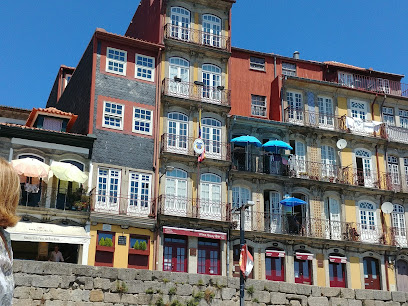
Explore the Wonders of the Museum of Transport and Communication
Discover the evolution of transport and communication at Porto's captivating Museum of Transport and Communication, where history meets innovation.
The Museum of Transport and Communication in Porto is a captivating destination for tourists, showcasing the evolution of transportation and communication technologies through engaging exhibits and interactive displays. Ideal for families and tech enthusiasts alike, this museum offers a unique glimpse into the past while inspiring future innovations.
A brief summary to Museum of Transport and Communication
- R. Nova da Alfândega 59, Porto, PT
- Visit website
- Tuesday 10 am-1 pm
- Wednesday 10 am-1 pm
- Thursday 10 am-1 pm
- Friday 10 am-1 pm
- Saturday 3 pm-7 pm
- Sunday 3 pm-7 pm
Local tips
- Visit during the week to avoid the crowds, especially on Tuesdays and Wednesdays.
- Check the museum's website for special exhibitions or events that may coincide with your visit.
- Allocate enough time to explore each exhibit thoroughly; there’s a lot to see!
- Consider using public transport, as parking can be limited in the area.
- Bring a camera; the exhibits provide fantastic photo opportunities.
Getting There
-
Car
If you are driving from the Douro Valley, take the N-222 road towards Porto. The journey will take approximately 1.5 hours. As you approach Porto, follow the signs for 'Centro' to stay on the correct route. Once in Porto, look for the R. Nova da Alfândega, where the museum is located. There are parking options nearby, but be aware that fees may apply, typically around 1€ per hour.
-
Train
You can take a train from various stations in the Douro Valley, such as Peso da Régua or Pinhão, to São Bento station in Porto. Trains run frequently, and the journey lasts about 2 hours. Once you arrive at São Bento station, you can either walk (approximately 20 minutes) to the museum or take a taxi for around 6€.
-
Bus
Buses operate from several towns in the Douro Valley to Porto. From Peso da Régua, for instance, you can catch a bus to Porto's Campo 24 de Agosto terminal. The bus journey takes about 2 hours. From there, it’s a 15-minute walk to R. Nova da Alfândega, or you can opt for a taxi which may cost around 5€.
-
Metro
If you arrive in Porto by train or bus, you can utilize the metro system. From São Bento station, take the Line D (yellow line) towards Santo Ovídio and get off at the 'Infante' station. From there, it’s a 10-minute walk to the museum. Ensure you purchase a metro ticket, which costs about 1.20€.
Discover more about Museum of Transport and Communication
Iconic landmarks you can’t miss
DouroAzul
0.1 km
Discover the stunning landscapes of the Douro River with DouroAzul, your gateway to Portugal's breathtaking vineyards and rich cultural heritage.
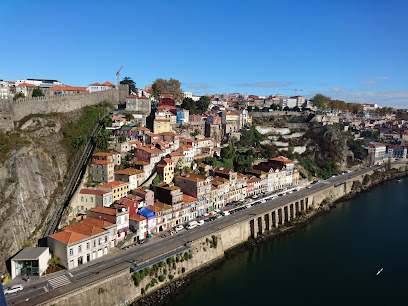
Living Van Gogh Porto
0.1 km
Discover the immersive world of Vincent van Gogh at Living Van Gogh Porto, where art comes to life in a vibrant, interactive experience.
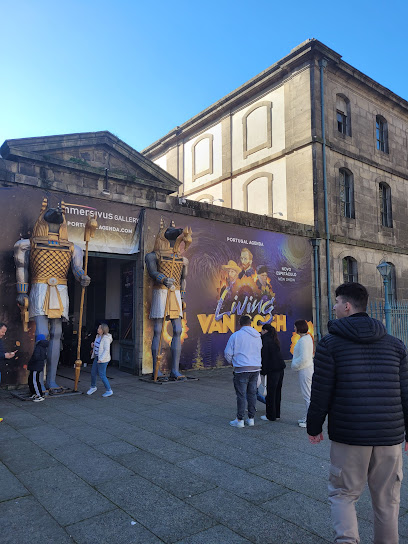
Jardim do Roseiral
0.4 km
Discover the enchanting Jardim do Roseiral, Porto's stunning city park with vibrant rose gardens, perfect for relaxation and picturesque strolls.
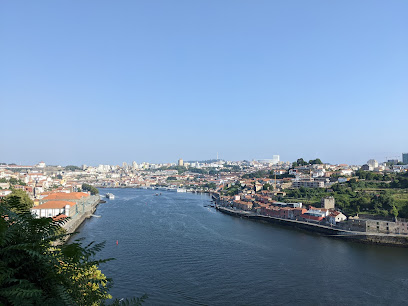
Covas fo Douros
0.5 km
Discover the historical beauty and scenic landscapes of Covas do Douros, a charming landmark in the heart of Porto, Portugal.
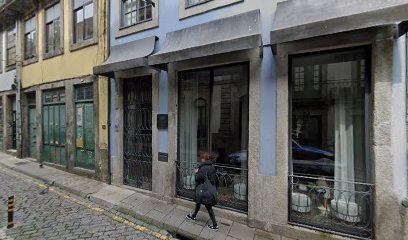
Church of Saint Francis
0.5 km
Explore the stunning Baroque and Gothic architecture of the Church of Saint Francis in Porto, a must-visit destination for art and history lovers.

Chafariz da Porta do Olival
0.5 km
Discover the historical charm of Chafariz da Porta do Olival, Porto's stunning monument showcasing exquisite Manueline architecture.

Bolsa Palace
0.5 km
Discover Porto's historical gem, Bolsa Palace, where neoclassical elegance meets rich cultural heritage in a stunning architectural masterpiece.
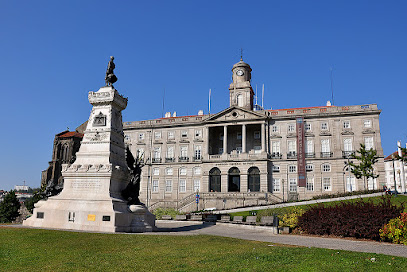
Estátua de Ramalho Ortigão
0.5 km
Experience the timeless beauty of Estátua de Ramalho Ortigão, a cherished monument in Porto celebrating Portuguese literary greatness amidst vibrant surroundings.

Largo São Domingos
0.6 km
Experience the vibrant culture and historical charm of Largo São Domingos in the heart of Porto, Portugal, a perfect spot for relaxation and exploration.
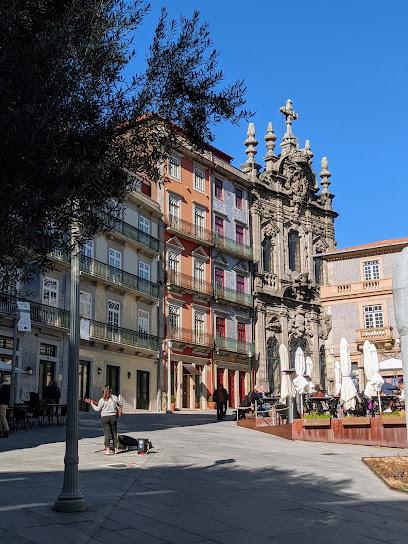
Monument Infante Dom Henrique
0.6 km
Explore the Monument Infante Dom Henrique, a symbol of Portugal's maritime legacy in the lush garden setting of Porto's historic district.
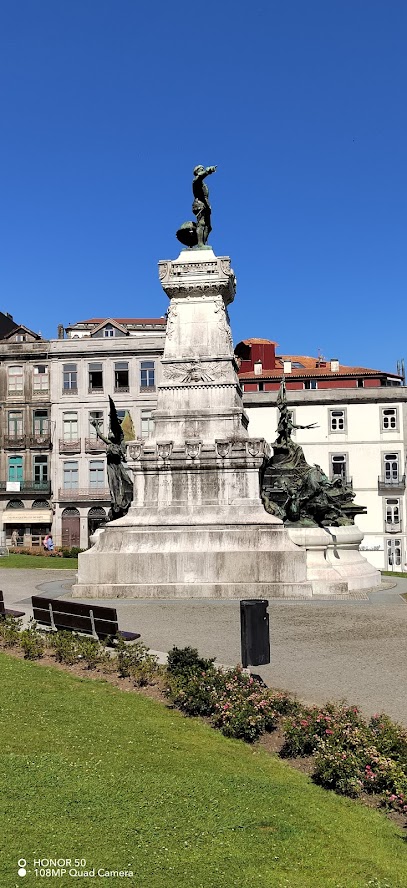
Parish Church of St. Nicholas
0.6 km
Explore the breathtaking Parish Church of St. Nicholas in Porto, a historical gem showcasing stunning architecture and rich cultural heritage.
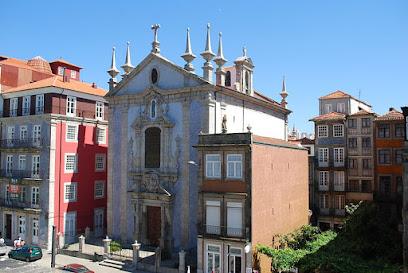
Estátua do Bispo D. António Ferreira Gomes
0.6 km
Discover the rich history and exquisite artistry of Estátua do Bispo D. António Ferreira Gomes, a must-see monument in Porto, Portugal.

Miradouro da Ponte da Arrábida
0.6 km
Experience stunning panoramic views at Miradouro da Ponte da Arrábida, a scenic gem in Porto perfect for photography and relaxation.
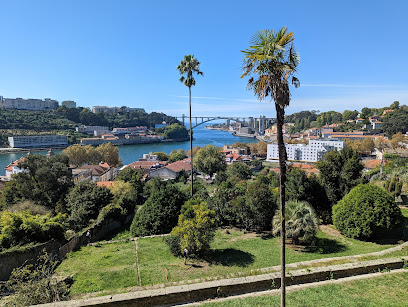
Igreja dos Carmelitas
0.6 km
Discover the serene beauty of Igreja dos Carmelitas, a stunning baroque church in Porto adorned with exquisite azulejos and rich history.
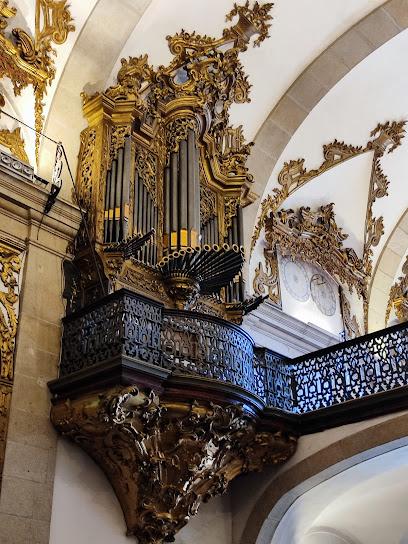
Igreja do Carmo
0.6 km
Experience the breathtaking beauty and rich history of Igreja do Carmo, a stunning Catholic church adorned with iconic azulejos in Porto.
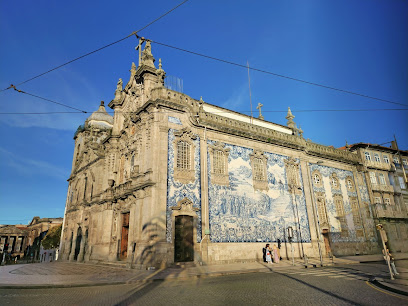
Unmissable attractions to see
Alfandega Congress Center
0.0 km
Experience Porto's rich culture at the Alfandega Congress Center, where history meets modernity in a stunning riverside setting.
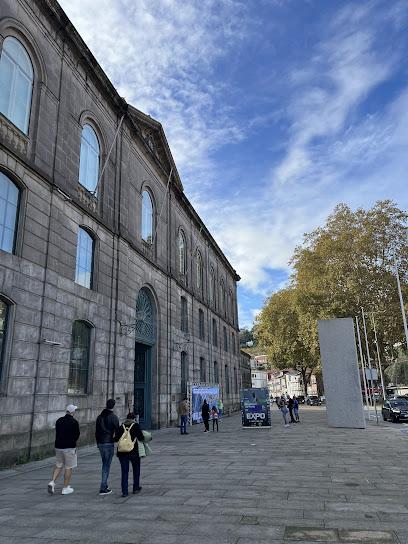
World of Discoveries
0.1 km
Explore Portugal's maritime legacy at the World of Discoveries, a captivating museum that immerses you in the Age of Discoveries.
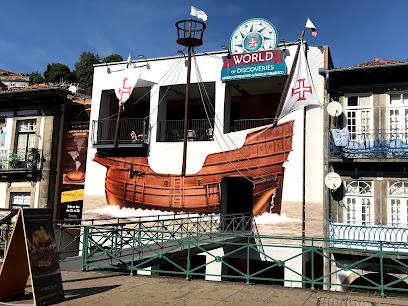
Largo da Alfândega
0.1 km
Discover the lively atmosphere and stunning architecture of Largo da Alfândega, a must-visit square in the heart of Porto, Portugal.
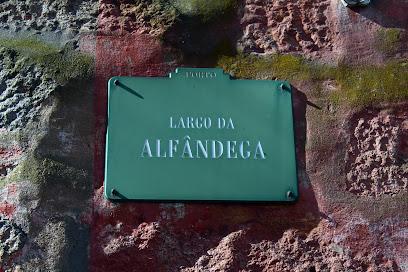
Porto Legends
0.1 km
Explore Porto Legends, where history meets culture in the heart of Porto, offering an unforgettable journey through the city's vibrant past.
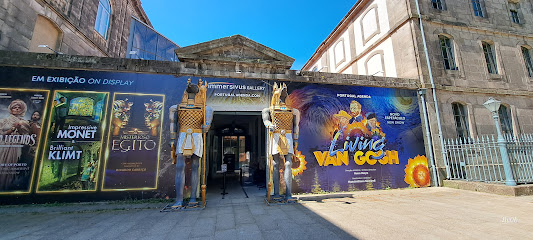
Parish Church of São Pedro de Miragaia
0.1 km
Discover the architectural beauty and spiritual heritage of the Parish Church of São Pedro de Miragaia in Porto, a must-visit for every traveler.
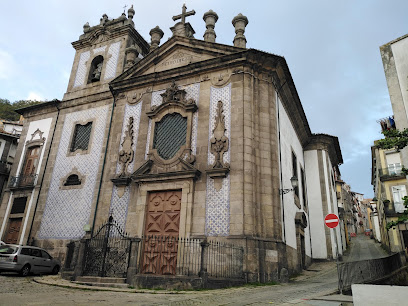
Fado Maior do Porto
0.2 km
Experience the heart of Porto with live Fado music and authentic Portuguese cuisine at Fado Maior, a cultural gem in the city.
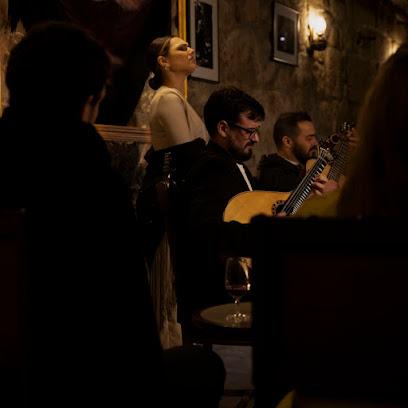
Palácio das Sereias
0.2 km
Explore Palácio das Sereias, a stunning historical landmark in Porto, showcasing enchanting architecture and rich cultural heritage.
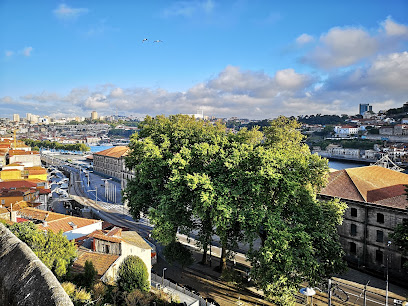
Miradouro do Passeio das Virtudes
0.3 km
Experience the serene beauty of Miradouro do Passeio das Virtudes, a hidden garden offering breathtaking views of Porto's landscape and the Douro River.
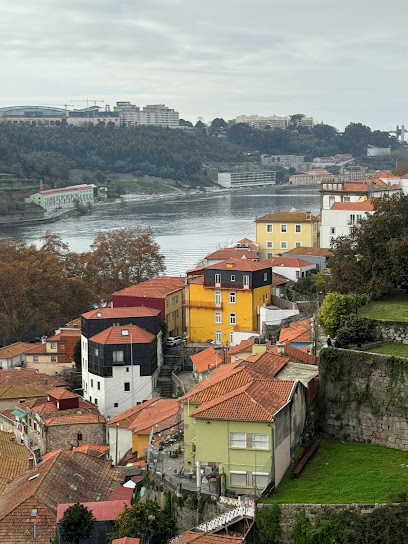
Passeio das Virtudes
0.3 km
Experience the tranquility of Passeio das Virtudes, Porto's hidden gem of lush gardens and breathtaking views, perfect for relaxation and exploration.
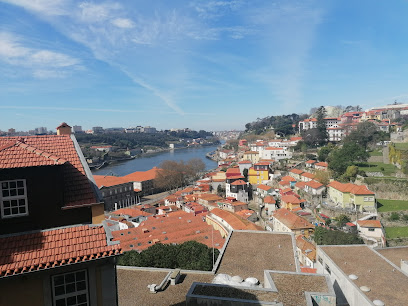
Parque das Virtudes
0.3 km
Experience the serene beauty of Parque das Virtudes, a tranquil park in Porto offering stunning views and lush landscapes to explore.
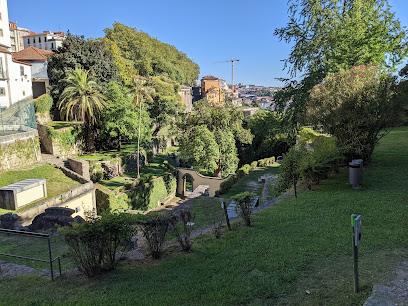
Fountain of the Virtues
0.3 km
Explore the Fountain of the Virtues in Porto, a serene oasis of history and beauty, perfect for relaxation and capturing unforgettable memories.
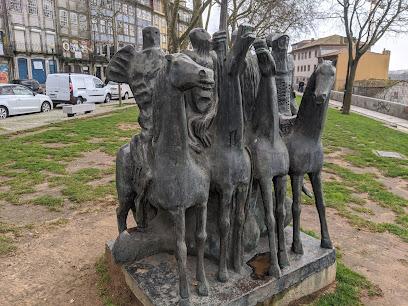
Lorenzo&Mor Sunset
0.3 km
Discover breathtaking sunsets at Lorenzo&Mor Sunset, a picturesque escape in Porto's charming Passeio das Virtudes, where beauty meets tranquility.
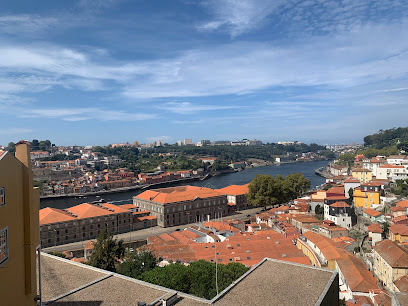
Biclas & Triclas - Port Rent a Bike and Tours
0.3 km
Experience the vibrant city of Porto on two wheels with Biclas & Triclas, your premier bike rental and tour service for unforgettable adventures.
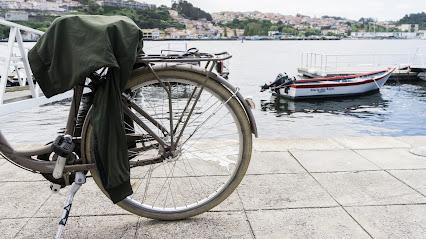
Chafariz da Rua das Taipas
0.3 km
Explore the exquisite Chafariz da Rua das Taipas, a historic fountain in Porto that embodies the city's rich culture and stunning architecture.
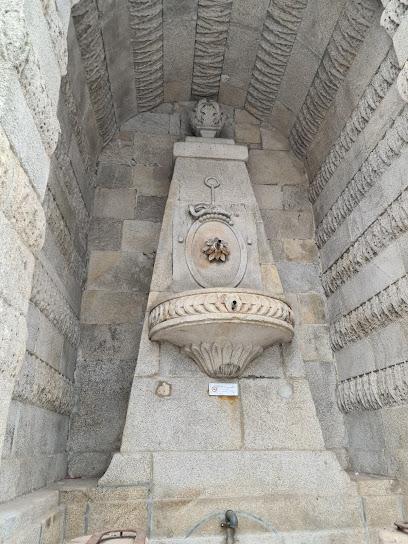
Casa onde nasceu Almeida Garrett
0.3 km
Explore Almeida Garrett's birthplace in Porto, a charming historical landmark celebrating Portuguese literary heritage.
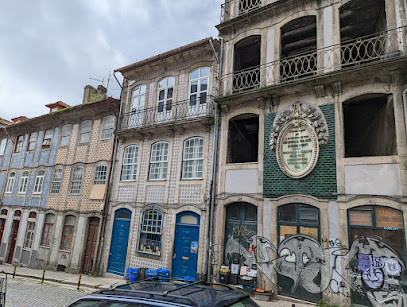
Essential places to dine
Taberna Santo António
0.3 km
Discover the essence of traditional Portuguese cuisine at Taberna Santo António in Porto—where every meal tells a story.
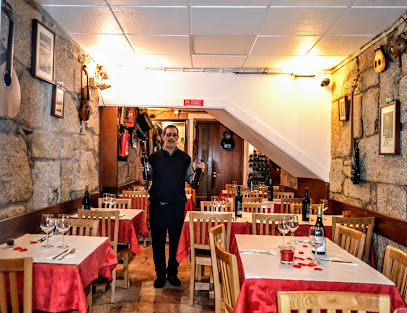
Porta 4
0.3 km
Experience exceptional Portuguese cuisine at Porta 4 in Porto – where tradition meets innovation for an unforgettable dining experience.
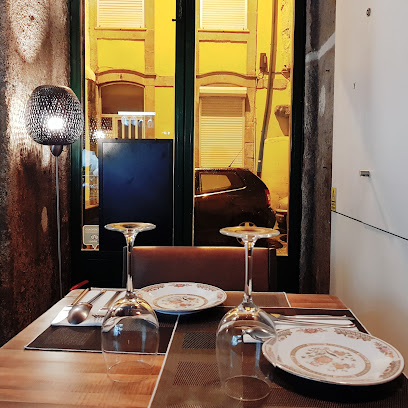
Restaurante Intrigo
0.3 km
Discover the rich flavors of Portugal at Restaurante Intrigo in Porto, where exquisite cuisine meets an exceptional wine selection.

The Door
0.4 km
Discover the flavors of Portugal at The Door, a top-rated restaurant in Porto known for its innovative dishes and inviting atmosphere.

Bota&Bira
0.5 km
Discover Bota&Bira in Porto: A top-rated restaurant offering exquisite meat dishes and a cozy ambiance perfect for food enthusiasts.
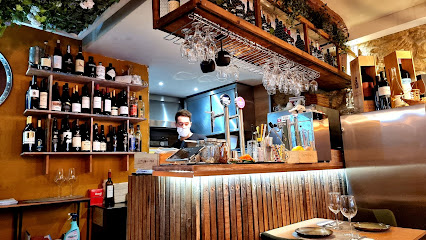
The Ribs
0.5 km
Discover exceptional flavors at The Ribs in Porto - where every bite of perfectly cooked ribs tells a story.
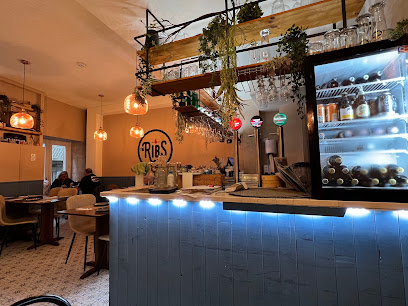
Viva Creative Kitchen
0.5 km
Experience innovative Portuguese cuisine at Viva Creative Kitchen in Porto—where tradition meets creativity in every delicious bite.
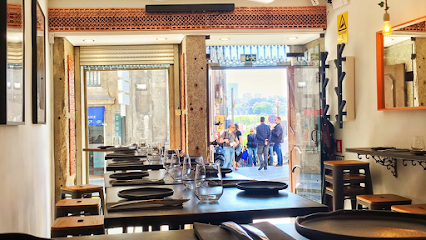
Puro 4050
0.6 km
Experience authentic Italian cuisine at Puro 4050 in Porto, where every dish tells a story of tradition and flavor.
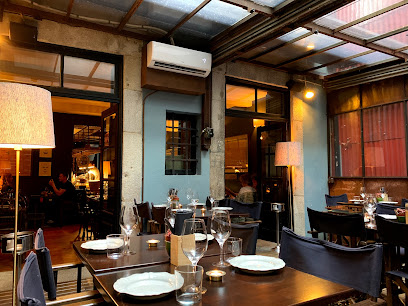
Pregar
0.6 km
Discover the essence of gourmet dining at Pregar in Porto – where exceptional burgers meet vibrant atmosphere.
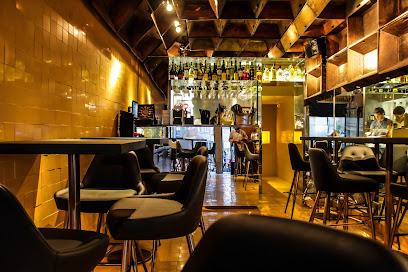
Cantina 32
0.6 km
Savor authentic Portuguese dishes at Cantina 32 in Porto - where tradition meets modern dining in a cozy atmosphere.
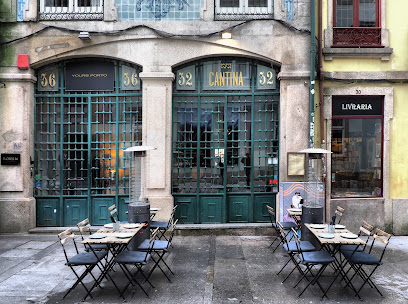
A Grade
0.6 km
Discover A Grade in Porto: where authentic Portuguese cuisine meets a cozy atmosphere for an unforgettable dining experience.
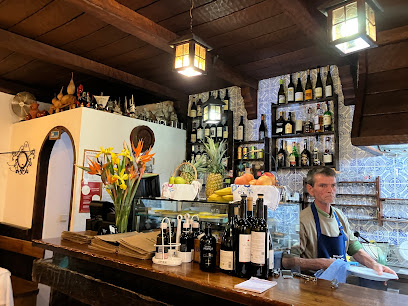
ODE Porto Wine House
0.6 km
Experience authentic Portuguese cuisine in a romantic setting at ODE Porto Wine House - where every meal is a celebration.

Ribeira Porto Centro
0.7 km
Experience authentic Portuguese cuisine with stunning river views at Ribeira Porto Centro - a culinary gem in the heart of Porto.
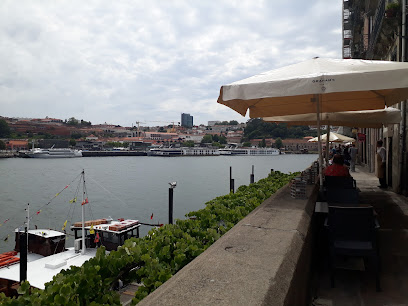
Muro do Bacalhau
0.7 km
Discover the authentic taste of Portugal at Muro do Bacalhau - where traditional meets contemporary in a delightful dining experience.
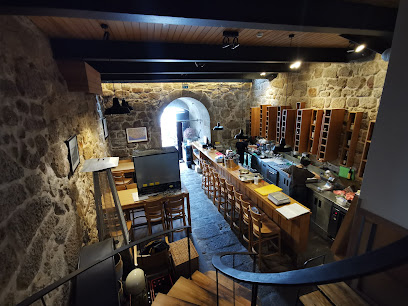
Porto Á Noite
0.7 km
Discover delicious Portuguese cuisine at Porto Á Noite – where tradition meets taste in the heart of Porto.
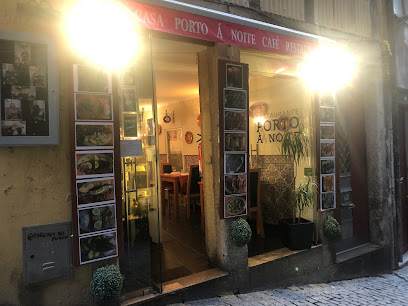
Markets, malls and hidden boutiques
Douro River - Miragaia - Art Studio
0.2 km
Explore your artistic side at Douro River - Miragaia Art Studio, a vibrant art supply store along the beautiful Douro River in Porto.
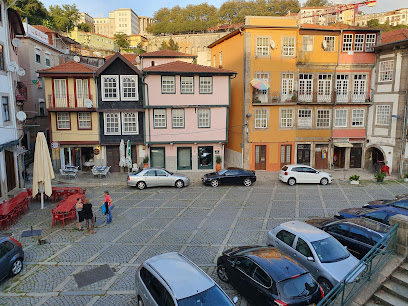
Porto Souvenir and Gift shop
0.4 km
Explore authentic Portuguese souvenirs and handcrafted gifts at Porto Souvenir and Gift Shop, a must-visit for every traveler.

Porto Paixão
0.6 km
Explore Porto Paixão, where unique souvenirs and local crafts capture the vibrant spirit of Porto, perfect for gifting and keepsakes.
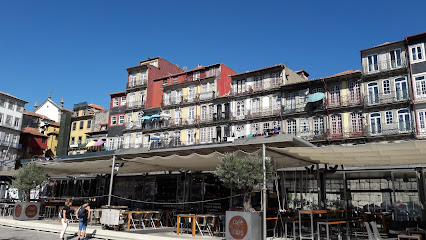
Claus Porto
0.6 km
Explore the luxurious world of Claus Porto, where exquisite cosmetics, perfumes, and gifts await you in the heart of Porto.
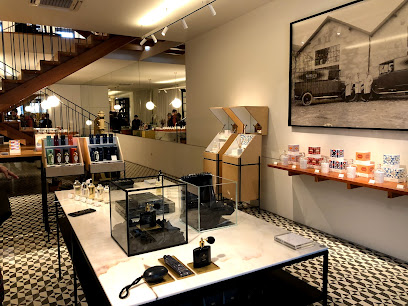
DailyTours - Porto and Douro Valley excursions
0.6 km
Explore Porto and the Douro Valley with DailyTours for an unforgettable journey through Portugal's breathtaking landscapes and rich culture.

Daily Tours - Douro Valley, Wine Tastings, Arouca Bridge, Gerês National Park, Walking Tours
0.6 km
Discover the stunning Douro Valley, a UNESCO World Heritage site, famous for its breathtaking landscapes and exquisite wine tasting experiences.
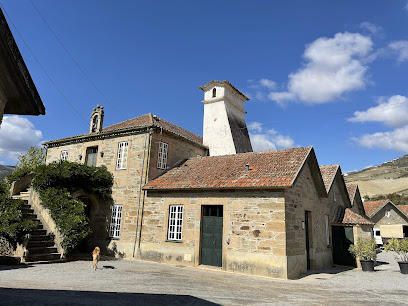
Portosigns - Shop 2
0.6 km
Explore Portosigns in Porto for unique, handcrafted signs and artisanal gifts that embody the city’s creative spirit.
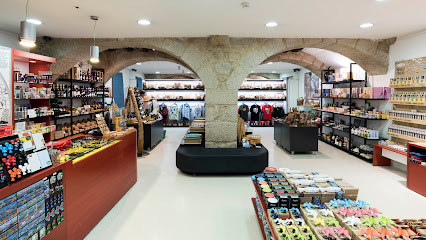
Sabores de Portugal
0.6 km
Explore the essence of Portuguese cuisine at Sabores de Portugal, a charming gift shop in Porto filled with local delicacies and unique souvenirs.
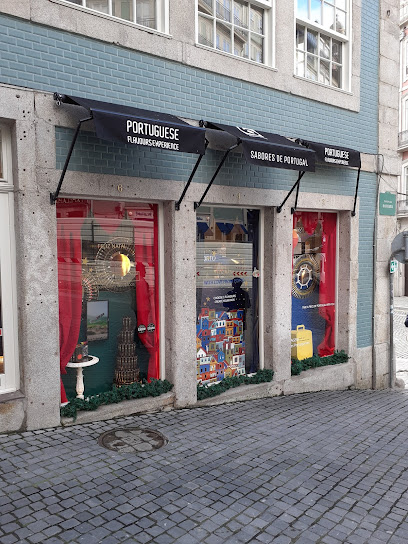
La Paz
0.6 km
Discover Porto's vibrant fashion scene at La Paz, a stylish clothing store with a stunning river view and a curated selection of trendy apparel.
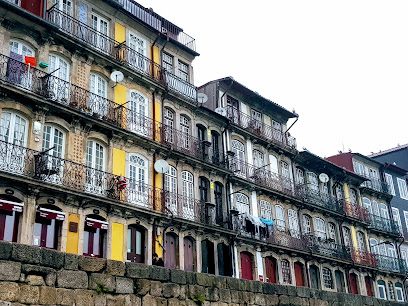
Cave Bombarda - Natural Wine Shop
0.6 km
Explore natural wines at Cave Bombarda, a charming wine shop and bar in Porto, perfect for tastings and discovering local flavors.
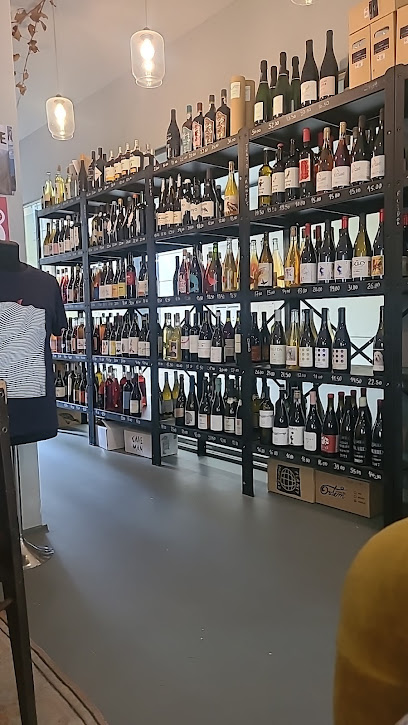
Prometeu Artesanato
0.7 km
Discover the essence of Porto at Prometeu Artesanato, your go-to spot for unique handcrafted souvenirs reflecting Portuguese culture.
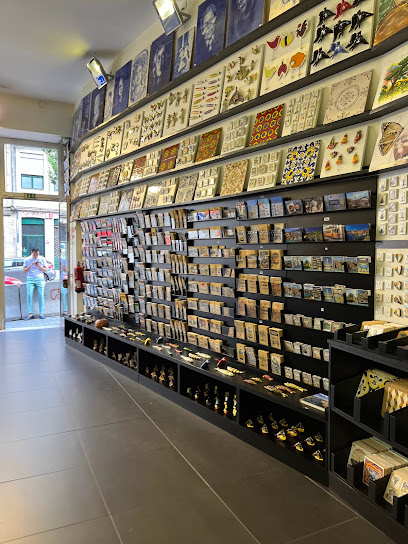
Pinko Boutique P. dos Clérigos, Oporto
0.7 km
Discover elegant women's fashion at Pinko Boutique in Oporto, where style meets sophistication in a charming shopping experience.

Shop
0.7 km
Discover unique fashion pieces and exceptional service at this clothing store in Porto's picturesque Praça de Carlos Alberto.
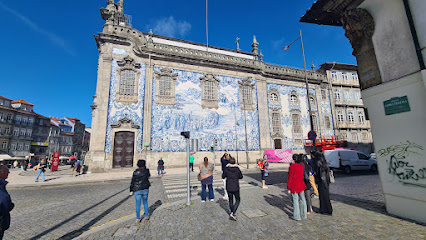
AMIGOS SURFACE SOUVENIRES
0.7 km
Explore Amigos Surface Souvenires in Porto for unique handcrafted gifts and authentic Portuguese treasures that embody the essence of this charming city.
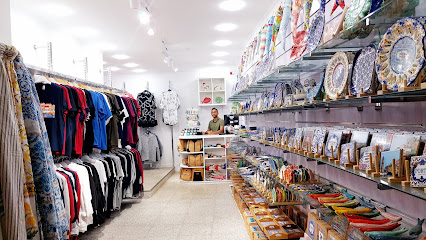
Portugalidades
0.7 km
Explore unique souvenirs and traditional crafts at Portugalidades, the quintessential gift shop in the heart of Porto's vibrant culture.
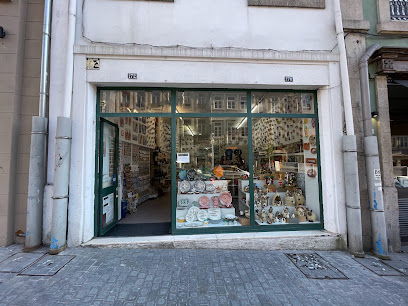
Essential bars & hidden hideouts
TiPO BAR
0.3 km
Experience the best of Porto's nightlife at TiPO BAR, where craft cocktails meet a vibrant atmosphere for an unforgettable evening.
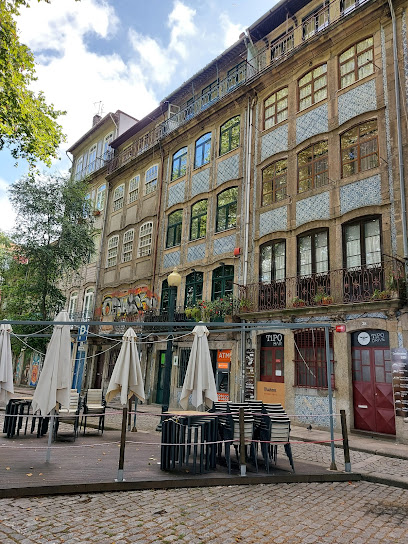
Musa das Virtudes
0.3 km
Experience the vibrant beer culture at Musa das Virtudes, Porto's beloved beer garden, where craft brews and a lively atmosphere meet.
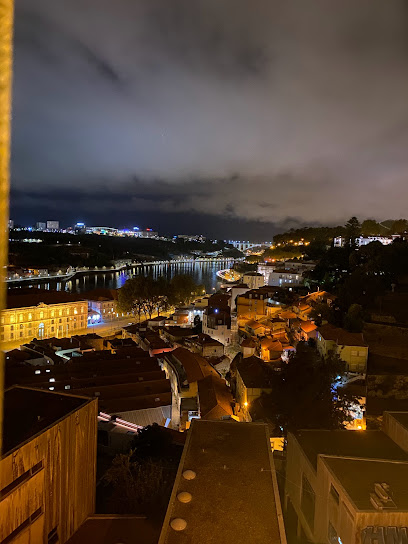
Pinguim Café - Bar/Pub
0.4 km
Experience the vibrant nightlife at Pinguim Café, a top bar and pub in Porto, offering great drinks and a lively atmosphere for all.
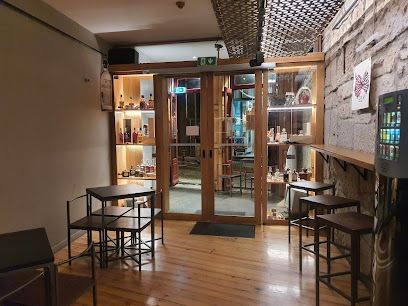
Adega Leonor
0.5 km
Discover the vibrant flavors of Porto at Adega Leonor, a charming tavern offering authentic Portuguese dishes and a welcoming atmosphere.
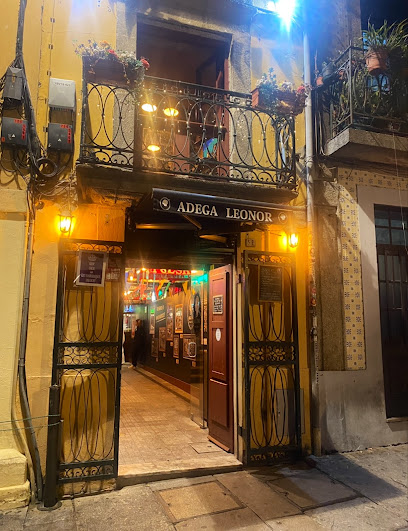
Curioso Cocktail Bar
0.5 km
Discover Curioso Cocktail Bar in Porto, where expert mixology meets a vibrant atmosphere for an unforgettable night out.

Base Porto
0.7 km
Experience the vibrant atmosphere of Base Porto, a must-visit bar offering delicious drinks, stunning views, and a lively ambiance in the heart of the city.
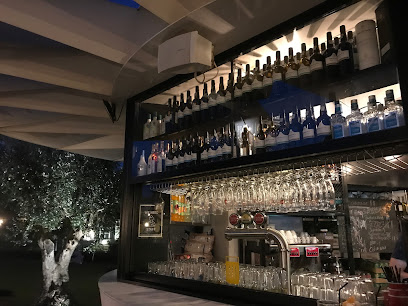
Ryan's Irish Pub
0.7 km
Ryan's Irish Pub: Enjoy authentic Irish dishes, craft beers, and live sports in the heart of Porto's vibrant atmosphere.
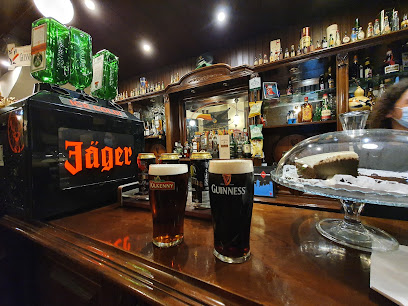
Wine Quay Bar
0.7 km
Discover the essence of Porto's wine culture at Wine Quay Bar, offering stunning river views and an exquisite selection of wines.
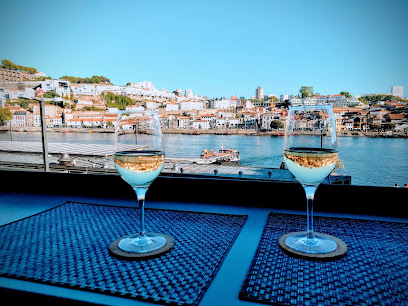
Livraria da Baixa
0.7 km
Experience the vibrant atmosphere of Livraria da Baixa, Porto's charming bar that serves the best Porto tonico in town.
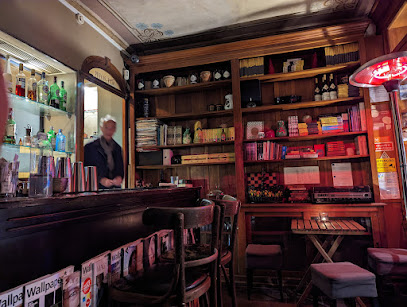
Lado Wines - Porto & Douro Wine bar & Tastings by AVEPOD
0.7 km
Experience the finest Douro Valley wines at Lado Wines, Porto's premier wine bar, known for its exceptional tastings and cozy ambiance.
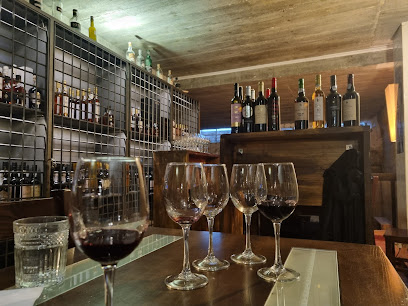
Lado Wines Ribeira - Porto & Douro Wine Bar & Tastings by AVEPOD
0.7 km
Explore the rich flavors of the Douro Valley at Lado Wines, Porto's premier wine bar and tasting experience.
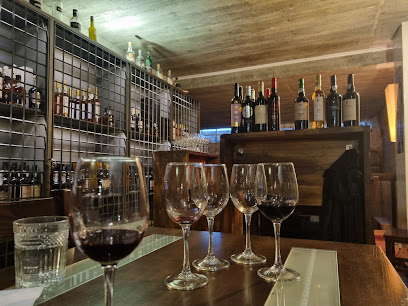
Capela Incomum
0.7 km
Experience the charming Capela Incomum in Porto, where fine wines, artisanal cheeses, and delicious tapas await in a cozy atmosphere.
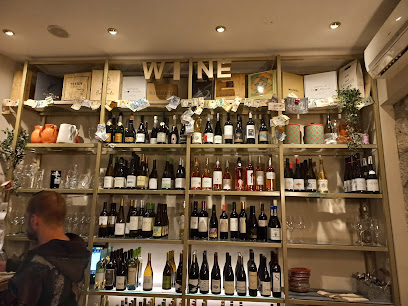
The Oldest Bar
0.7 km
Discover the historic charm and delicious grill flavors at The Oldest Bar, a must-visit destination in the heart of Porto.

Bar Baixa
0.7 km
Experience Porto's nightlife at Bar Baixa, where vibrant atmosphere meets a diverse drink selection in the heart of the city.
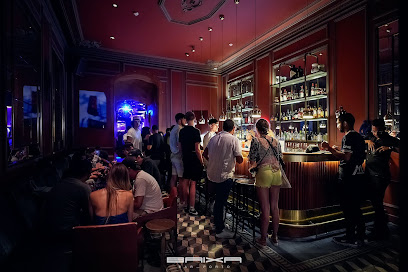
O Cais Bar
0.7 km
Experience the vibrant charm of Porto at O Cais Bar, where local flavors and warm hospitality create the perfect escape.
